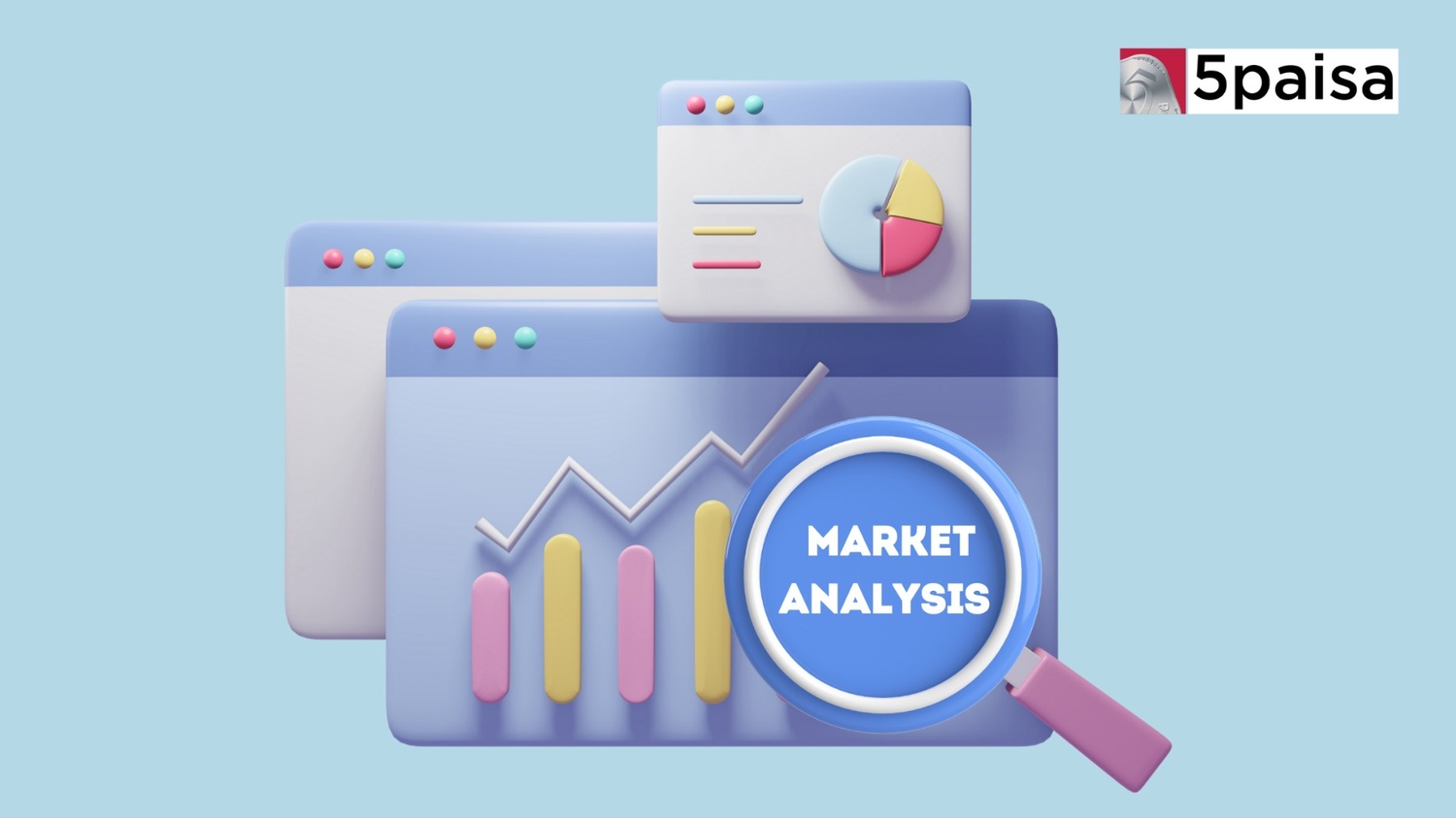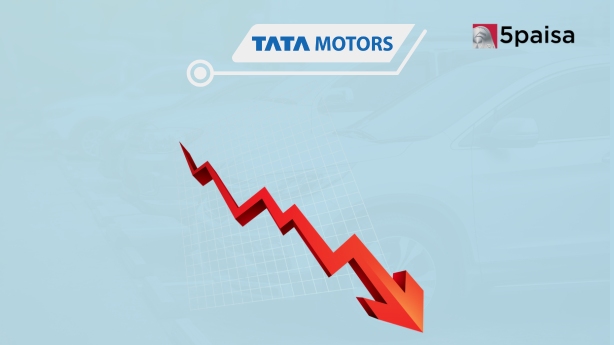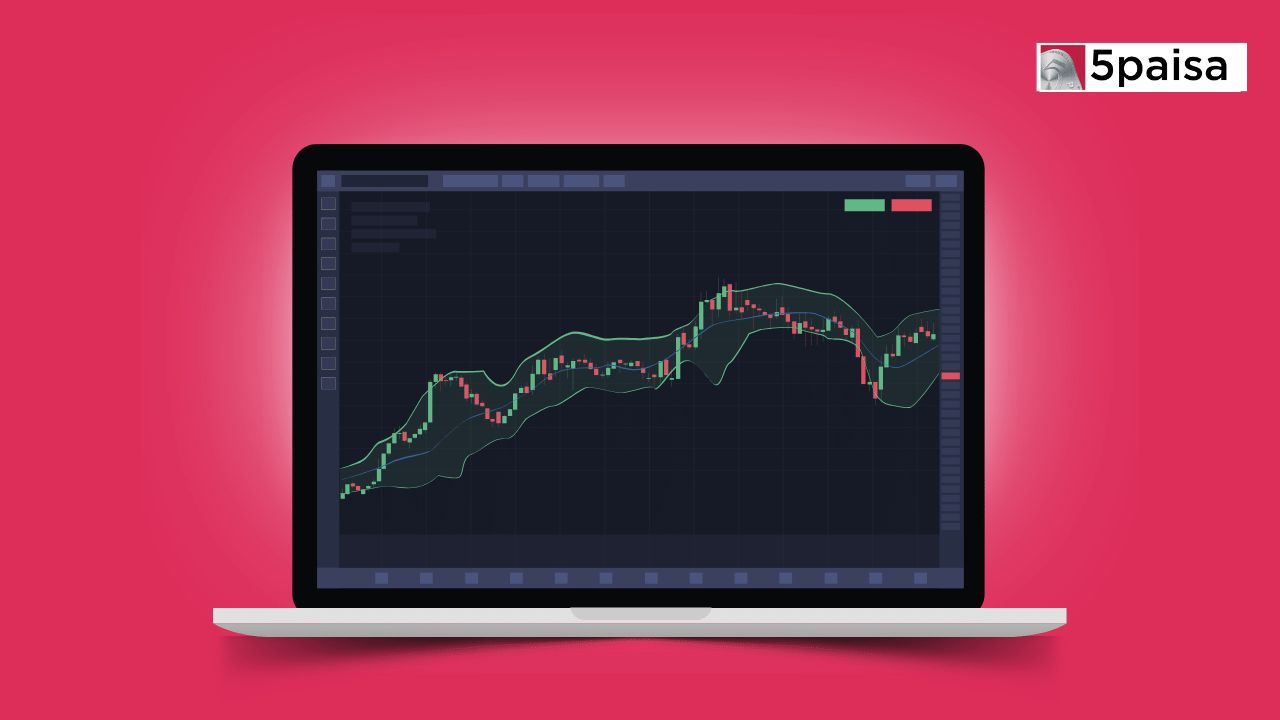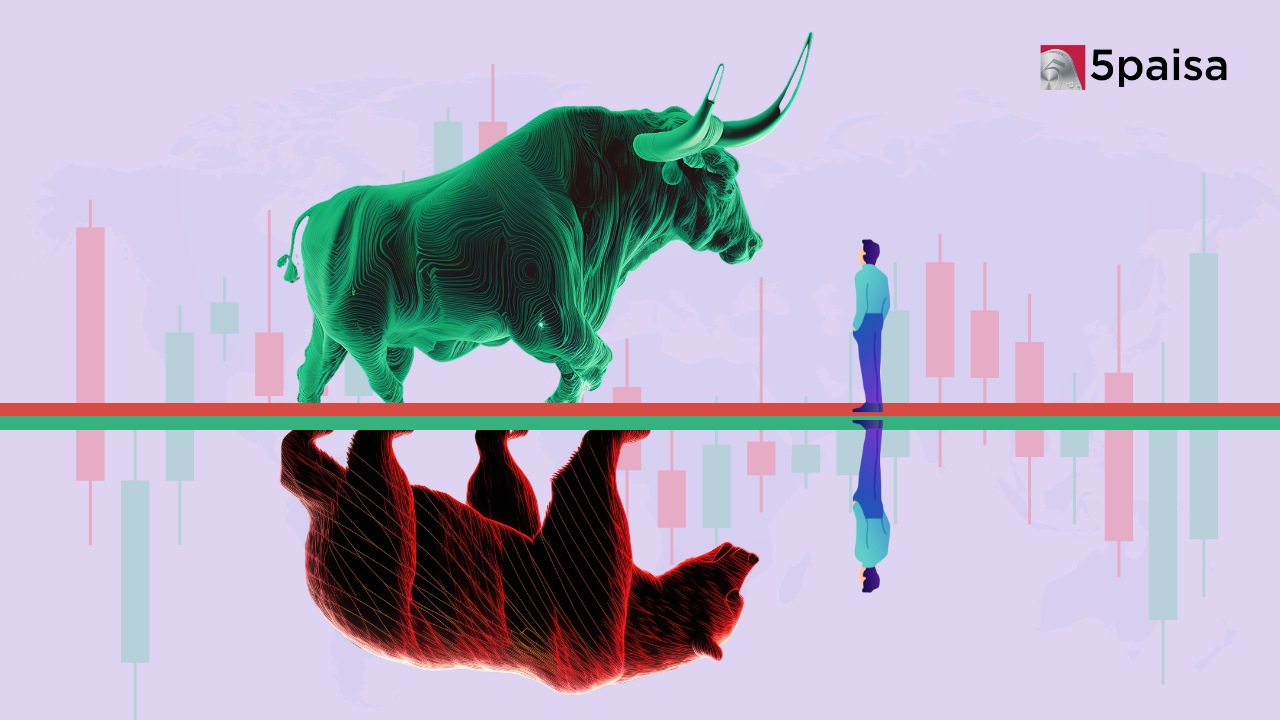iThe current values are delayed, open demat account for live values.
Nifty Midcap 150
Nifty Midcap 150 Performance
-
Open
18,869.80
-
High
19,039.85
-
Low
18,604.10
-
Prev Close
18,888.80
-
Dividend Yeild
0.85%
-
P/E
35.58
Nifty Midcap 150 Chart

Color code for Stocks Performance
- 5% and above
- 5% to 2%
- 2% to 0.5%
- 0.5% to -0.5%
- -0.5% to -2%
- -2% to -5%
- -5% and below
Constituent Companies
| Company | Market Cap | Market Price | Volume | Sector |
|---|---|---|---|---|
| ACC Ltd | ₹35375 Cr |
₹1881.8
(0.4%)
|
337566 | Cement |
| Apollo Tyres Ltd | ₹25969 Cr |
₹408.65
(1.47%)
|
1452463 | Tyres |
| Ashok Leyland Ltd | ₹65250 Cr |
₹222.53
(2.23%)
|
7335969 | Automobile |
| SKF India Ltd | ₹18887 Cr |
₹3817.35
(3.4%)
|
33607 | Bearings |
| Balkrishna Industries Ltd | ₹52319 Cr |
₹2704
(0.59%)
|
202260 | Tyres |
Nifty Midcap 150 Sector Performance
Top Performing
| Sector Name | Percentage Change |
|---|---|
| Ceramic Products | 0.01 |
| Dry cells | 2.46 |
| Real Estate Investment Trusts | 0.52 |
| Paints/Varnish | 0.6 |
Under Performing
| Sector Name | Percentage Change |
|---|---|
| Diamond, Gems and Jewellery | -1.56 |
| IT - Hardware | -0.49 |
| Leather | -0.67 |
| Healthcare | -0.4 |
Nifty Midcap 150
NIFTY Midcap 150 is an index on National Stock Exchange that tracks the performance of mid sized companies in the stock market. It includes 150 stocks ranked between 101 and 250 out of the top 500 stocks on NSE based on market size. These companies come from 18 different sectors with major sectors including financial services, capital goods, healthcare, and oil and gas.
Launched on 1 April 2016 with a base value of 1000, NIFTY Midcap 150 captures about 16.9% of the market value on NSE and has an average daily turnover of over ₹131 crores. NIFTY Midcap index is updated every six months to stay relevant to market changes. It is managed by a three tier structure involving NSE's board, an advisory committee and a maintenance committee. There is also a version of this index that includes total returns, useful for tracking investments or creating investment products like funds and ETFs.
What is the Nifty Midcap 150 Index?
NIFTY Midcap 150 is an index on the NSE tracking 150 mid sized companies ranked 101-250 from the top 500. Launched on 1 April 2016, with a base value of 1000, it represents about 16.9% of the market and averages over ₹131 crores in daily turnover. Covering 18 sectors it is updated semi annually to reflect market changes. Managed by a three tier system, it also has a Total Returns variant for investment products and benchmarking.
How is the Nifty Midcap 150 Index Value Calculated?
NIFTY Midcap 150 index value is determined using this formula:
Index Value = Current Free-Float Market Capitalisation / (Base Free-Float Market Capitalisation * Base Index Value)
The index is reviewed twice a year based on data from January and July. Any changes to the stocks included in NIFTY Midcap 150, up to a maximum of 15 stocks annually are applied on the last trading day of March and September.
Nifty Midcap 150 Scrip Selection Criteria
NIFTY Midcap 150 index calculates its share price by weighting 150 stocks based on their market value compared to a base value. It only includes stocks that are freely traded by the public not held by company promoters.
To be part of this index, a stock must:
1. Be listed on NSE.
2. Be in the NIFTY 500 and have at least 10% of its shares available for public trading.
3. Be among the top 225 in the NIFTY 500 by market size.
4. Have a market value at least 1.5 times the smallest stock in the index.
5. Be removed if they drop below the top 275 by market size or are no longer in NIFTY 500.
6. Securities will be excluded from NIFTY Midcap 150 if they are no longer part of NIFTY 500.
7. Newly listed stocks are reviewed based on three months of data not six.
How does Nifty Midcap 150 work?
Nifty Midcap 150 is an index that tracks the performance of 150 mid sized companies on National Stock Exchange. These companies are selected from the top 500 listed stocks ranking from 101 to 250 based on their market size. The index calculates its value by weighing these stocks according to their free float market capitalisation, which considers only the shares available for public trading. Nifty Midcap index is reviewed twice a year to ensure it reflects current market conditions and stocks may be added or removed based on their performance and market value. This index helps investors track the midcap segment of the stock market.
What are the Benefits of Investing in the Nifty Midcap 150?
Key benefits of NIFTY Midcap 150 funds:
Long term growth: The midcap segment can be volatile but it also offers strong growth potential. Over the past 15 years NIFTY Midcap 150 has delivered an average annual return of 16.5% showing mid sized companies can provide solid long term gains.
Illustrative returns: If you had invested ₹10,000 per month in NIFTY Midcap 150 for 15 years by March 2024 you could have accumulated over ₹78 lakh. This example highlights how disciplined and strategic investing in midcap funds can create wealth over time.
What is the History of the NIFTY Midcap 150?
NIFTY Midcap 150 index, launched on 1 April 2016 with a base year of 2005 and a starting value of 1000, tracks 150 mid sized companies on the NSE. These companies are ranked 101-250 within the top 500 based on market size and come from 18 different sectors. Over the past 15 years, the index has provided an average annual return of 16.5%, highlighting the long term growth potential of mid sized firms. The index is updated twice a year to stay aligned with the evolving Indian financial markets and economy, making it a reliable indicator of the midcap segment.
Other Indices
| Indices Name | Price | Price Change (% change) |
|---|---|---|
| India VIX | 14.53 | -0.15 (-1.02%) |
| Nifty 10 Yr Benchmark G-Sec | 2477.38 | -3.81 (-0.15%) |
| Nifty 10 Yr Benchmark G-Sec (Clean Price) | 893.06 | -1.58 (-0.18%) |
| Nifty 100 | 23274.05 | -137.35 (-0.59%) |
| Nifty 100 Alpha 30 Index | 16085.8 | -230.85 (-1.41%) |
Faqs
How To Invest in NIFTY Midcap 150 Stocks?
You can invest in the Midcap 150 index in a few ways:
Direct Investing: Buy individual stocks from Midcap 150 index using a demat account.
Exchange Traded Funds (ETFs) and Index Funds: You can invest in funds offered by Asset Management Companies (AMCs) that track the Midcap 150 index. It's generally better to choose open ended index funds over ETFs because, during market volatility, ETFs can deviate from their Net Asset Value (NAV) and may have lower liquidity.
What are NIFTY Midcap 150 stocks?
NIFTY Midcap 150 stocks are the 150 mid sized companies listed on the National Stock Exchange ranked from 101 to 250 in NIFTY 500 based on their market capitalisation. These companies span various sectors and represent the midcap segment of the Indian stock market.
Can you trade shares on NIFTY Midcap 150?
Yes, you can trade shares of companies listed in the Nifty Midcap 150 Index directly through a Demat account. You can also invest indirectly by trading ETFs or index funds that track the performance of the Nifty Midcap 150, offering a diversified approach to the Midcap cap market segment.
In which year was the NIFTY Midcap 150 Index launched?
Midcap 150 index was introduced on 1 April 2016 with a reference base year of 2005 and an initial value of 1000.
Can we buy NIFTY Midcap 150 and sell it tomorrow?
Yes, you can buy shares of companies listed in the Nifty Midcap 150 Index and sell them the next day following regular stock market trading rules. This is known as BTST (Buy Today, Sell Tomorrow). You can also trade ETFs based on the index using the same approach.
Latest News

- Feb 21, 2025
Indian stock markets ended in the red as key indices faced pressure from auto and financial stocks. The Sensex fell 424 points to close at 75,311, while the Nifty slipped 117 points to end at 22,795. The sell-off was led by the auto sector, which tanked 2.5% following reports of a potential reduction in import duties on EVs.

- Feb 21, 2025
The ownership structure of India Inc. is experiencing a significant transformation, with foreign portfolio investors (FPIs) reaching their lowest stake in NSE-listed companies in 13 years. In contrast, domestic mutual funds (MFs) and retail investors are making substantial gains.

- Feb 21, 2025
Amid reports of senior executives departing Tata Motors Ltd. ahead of its planned demerger, the company’s stock faced significant selling pressure during Friday’s early trading session. Tata Motors' share price opened lower at ₹686 per share on the NSE and quickly dropped to an intraday low of ₹673.30 within the first hour of trading.

- Feb 21, 2025
Regulated entities must cultivate the necessary capabilities to adapt to and adhere to evolving regulations, stated Rajeshwar Rao, deputy governor of the Reserve Bank of India (RBI), on February 21. As financial institutions increasingly adopt artificial intelligence (AI), cloud computing, and API-driven finance, the demand for strong governance frameworks and risk management strategies has never been more critical, he noted.
Latest Blogs
Introduction to Ashish Kacholia Ashish Kacholia's financial journey began in the 1990s. He gained valuable experience at firms like Prime Securities and Edelweiss before founding Lucky Securities in 1995. In 1999, he co-founded Hungama Digital with Rakesh Jhunjhunwala, showcasing his ability to spot emerging trends.
- Oct 10, 2025

Navigating the numerous banking options in India is essential for individuals and businesses alike. The best banks in India go beyond traditional banking, offering a wide array of financial services that play a crucial role in the country's economic stability. From innovative digital banking solutions to comprehensive investment and loan offerings, these famous banks in India serve as reliable financial partners.
- Apr 14, 2025


Nifty Prediction for 24th February Another weak day for the NIFTY as it falls 0.6% and closes marginally below 22800. Auto stocks corrected sharply on concerns over a new EV policy that could increase competition. M&M was the top loser at -6%. TATAMOTORS also corrected 2.5%. ADANIPORTS AND WIPRO were among the other top losers. On the other hand, HINDALCO, SBILIFE AND TATASTEEL bucked the trend and were up 2-2.5%. ADR was weak at 0.3 and indicates a broadbased correction.
- Feb 21, 2025
